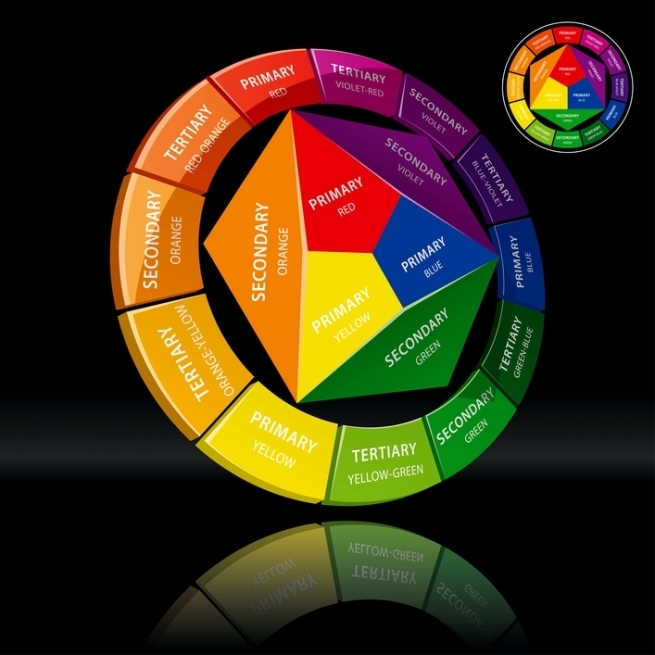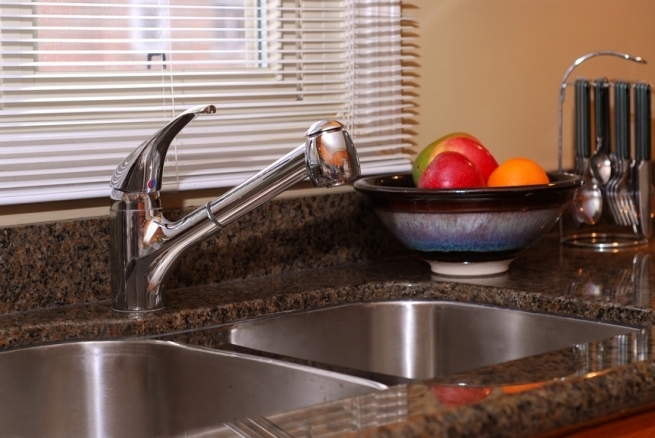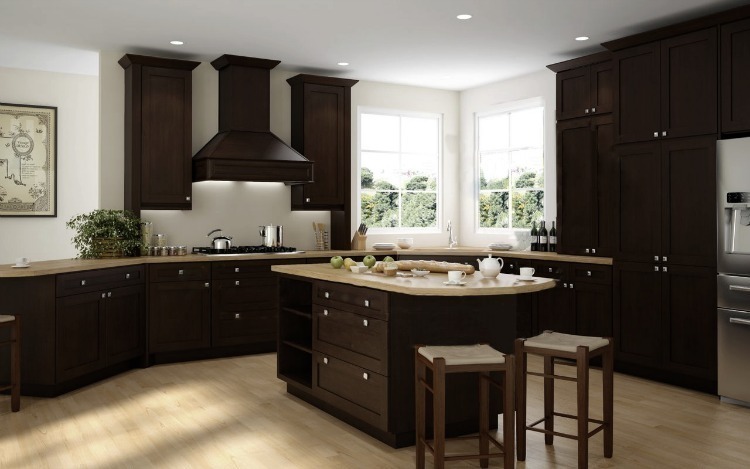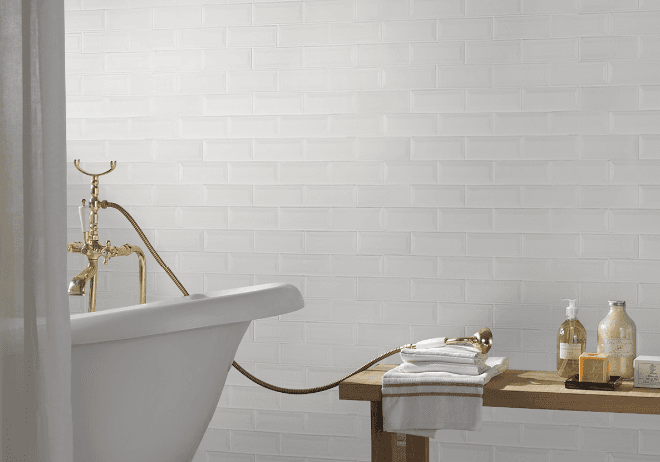In our previous blogs we’ve talked about How Color Affects You in the Built Environment and All About Paint. In order to understand more about paint and how color affects your mood, you need to understand a little more about color.
Color Basics
When you think about color you first need to be familiar with the Color Wheel. The color wheel is a pie shaped diagram that shows the range and relationship of colors.
On the color wheel you’ll find:
Primary Colors: Red, blue, and yellow. All color is derived from these three colors.
Secondary Colors: Violet, orange, and green, which are a mix of two primary colors. For example yellow and blue make green.
Tertiary Colors: Are created by mixing a secondary color and one of its adjacent primary colors. An example of this would be mixing yellow and green which equals yellow-green.
Complimentary Colors: Are hues exactly opposite each other on the color wheel. For example, blue is directly opposite orange on the color wheel. They are considered complimentary colors and will work well if you put those two colors together in a room.
Monochromatic Colors: Are tints and shades of the same color. An example of this would be using different shades of blue or different shades of green.
Analogous Colors: Also known as harmonious colors, they are three colors close together on the color wheel. For example, red, red-orange, and red-violet are right next to each other on the color wheel and would be considered analogous colors.
Triad Colors: Are three equally spaced colors on the color wheel with two colors in between. An example is red, blue, and green.

Hue, Value, Tint, and Shade
Hue: Is the full pure spectrum of color on the color wheel. These are bold colors used in their full strength and would be good in children’s play rooms.
Value: Also known as tone, it is the degree of light or dark in a color. A tone is created by adding both white and black which is grey. Any color that has been greyed down is a tone. Tones are great for interior spaces as they create more interest with decorating.
Tint: Is sometimes known as a pastel. A tint is any color that has white added to it. Tints are usually considered youthful and soothing and work well in feminine environments.
Shade: A shade is any color that has black added to it. Shades are considered powerful and mysterious and work well in masculine environments.
The study of color can be complex, but we hope by sharing more information with you about color, we were able to assist you with making great choices when selecting your next paint color.
Tell us, what are your favorite paint colors? Have you ever used a monochromatic or analogous color scheme when decorating?




